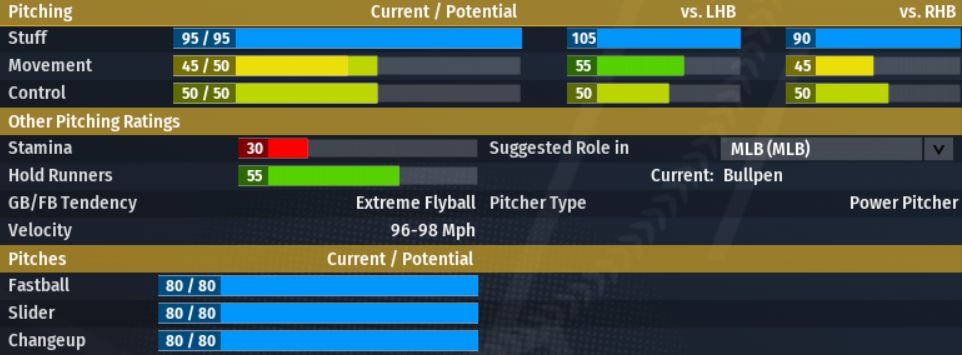Home Field Advantage Is Dead. Long Live Home Field Advantage
Empty stadiums are hardly the weirdest thing about baseball in 2020. There’s the shortened season, the universal DH, the runner on second base in extra innings; if you’re looking for ways the game has changed, there’s no shortage. Today, however, I’d like to talk about those empty stadiums, and their effect on home field advantage. A quick warning: this is going to be an article full of dry tables and plenty of math. I think it’ll be worth it, though.
One question looms over everything else when it comes to home field advantage: what percentage of games does the home team win? Over a very long horizon, everything else is just noise. In 2019, for example, home teams won 52.9% of the games they played. In 2018, that number stood at 52.5%. Long-term home field advantage bounces around between 52% and 54%. It’s good to play at home.
How about this year? To look at 2020 data, we need to do a little manual work. So far this year, four teams have played “home” games in opposing stadiums: the Marlins, Blue Jays, Yankees, and Cardinals. The Orioles also played part of a suspended home game in Washington against the Nationals. In all forthcoming analysis, I’ve removed those games from both the home and away datasets used in this article. It’s never exactly clear what home field advantage is measuring — rest, comfort, the crowd, umpiring, or some mixture — so games with nominal home teams playing in away stadiums are best ignored for these purposes.
With that caveat out of the way and those games excluded, home teams have won 50.6% of their games through Monday, August 17. At the broadest possible resolution, home teams are winning a lower percentage of their games this year. Maybe the crowd really is king.
That’s wildly insufficient for our purposes, however. One of the key tenets of baseball analysis is that merely looking at wins and losses is usually insufficient unless your sample size is enormous. Normally, I’d suggest using Pythagorean expectation here to guess a record. That doesn’t work when looking at only home games, however, because home teams skip the ninth inning when ahead. In 2019, for example, home teams were outscored on the year. This year, they’re scoring slightly more runs than their opponents. We’ll need something more granular than Pythagorean record to find a result. Read the rest of this entry »


 Jay Jaffe
Jay Jaffe